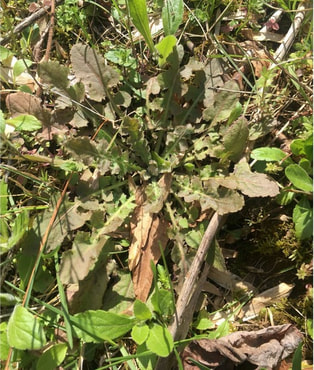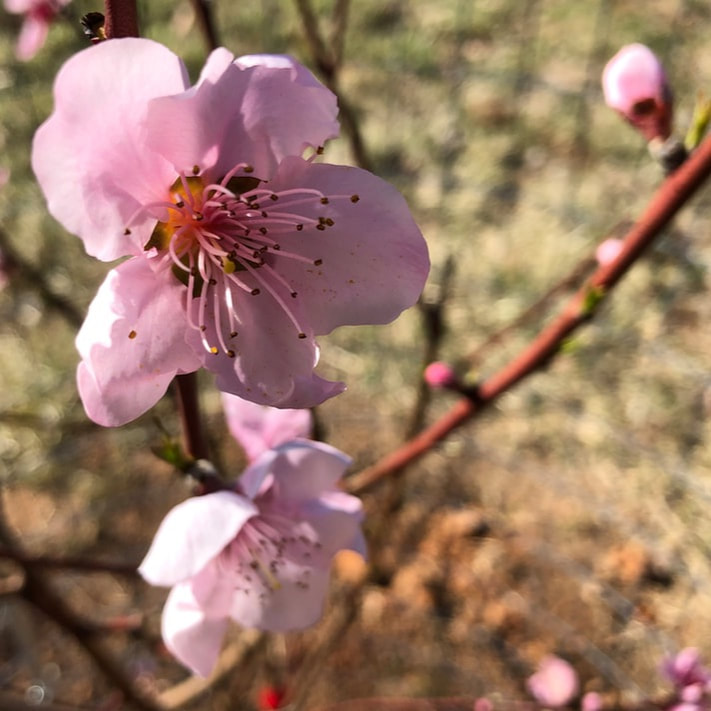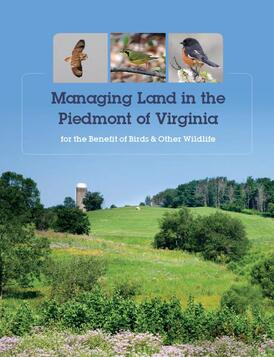 Credit: Rebeca Sanchez-Burr Credit: Rebeca Sanchez-Burr Hello and thank you for reading my blog! My name is Rebeca, I’m a land manager working on 130 acres of private property in Madison County and a member of Class X of the Old Rag chapter of the Virginia Master Naturalists. I work year round managing and controlling invasive plant species in diverse landscapes and would like to share with the Old Rag community some of my knowledge and experience through an educational series of journal entries emphasizing best practices, methods, and tools for the control of alien plant invaders. I am also the chapter liaison for the VMN EDDMapS project, which is a statewide initiative to document the spread and distribution of exotic plant invaders. One particular focus of the EDDMapS project in Virginia, in partnership with Blue Ridge PRISM, is the invasion into natural areas of exotic plants that are commonly used in conventional landscaping. It is my hope that these journal entries will also inspire the Old Rag community to gather and submit data on invasives using the EDDMapS application. Asiatic False Hawksbeard Part 1 For my first entry, because it’s April and I know everybody is super motivated to go outside and pull weeds, I’d like to talk about an emergent threat: Asiatic False Hawksbeard (Youngia japonica). Asiatic False Hawksbeard is a biannual with a late Spring to Summer phenology in the Northern Virginia Piedmont. This plant overwinters as a rosette and sprouts yellow flowers usually from a single stalk. Asiatic False Hawksbeard grows in full sun as well as deep shade and is tolerant of very moist conditions along stream banks and boggy areas. In disturbed areas, this plant can form dense carpets though in the understories of forests, you are more likely to encounter scattered plants and patches. This plant often arrives in gardens from contaminated nursery stock, advances to nearby lawn turf and is then spread by the mower or weed trimmer to other landscaped areas and eventually to forest/field edges and other edge habitat. The challenge of controlling invasive Hawksbeard in forests and fields is the multitude of small, runty individuals, which can only be located when the plant begins to flower in late Spring. It is thus best controlled getting well ahead of it in Winter and early Spring by searching and destroying large, easily identifiable rosettes and waiting for late Spring to pull up the runts, which by then have broken through the leaf litter. Control efforts in infested wilderness areas should be directed at reducing density over the widest possible area, preventing the spread to unaffected areas by targeting the perimeters and searching and destroying satellite plants and patches.
0 Comments
Reposted from November, 2020
By Bill Birkhofer Are you seriously considering installing a pollinator garden or meadow in the near future? Well, there’s no better time than this fall and winter to select, prepare and plan your site. Following are some thoughts to help you on your way or reinforce what you’re already doing. Read on - Click Here By Bonnie Beers
Reposted from November 2020 We wanted to create a low-growth meadow in a 3 acre area near our house. Ever hopeful and loath to use chemical sprays, we decided to give this former hayfield a chance to show its stuff. The site had been mowed for hay with little improvements for decades, at least. It was bordered on one side by a small stream and woods border, on a 2nd side by a deeper wood, and on the remaining sides by our driveway and the mowed/planted areas around our house. Along the woods edges, we found natives like sumac, dogwood, redbud, locust, pine and cedar, and hardwoods. We also found a patch of ailanthus, a good bit of autumn olive and some encroaching vines like Japanese honeysuckle and oriental bittersweet. Read On - Click Here
|
Have a blog or blog idea?
Let us know (click) Other Blogs
VA Native Plant Society - click Brenda Clement Jones - click John Muir Laws' Blog - click Megan's Nature Nook - click Categories
All
Archives
September 2023
Blog Administrator:
Kathleen A. VMN since 2018 |

